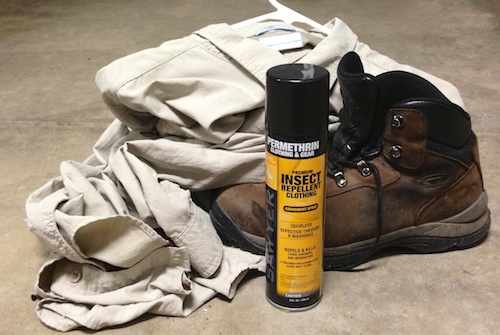If you’re looking to enjoy the great outdoors
(or even your own backyard) for some great summer photography, it pays to be
prepared. Even if you’re not laying in
the weeds to get that next great shot, just being outdoors can bring you into
contact with mosquitos, chiggers and ticks – not to mention that summertime
sun. When it’s really hot outside, it
can be tempting to strip down to shorts, flip-flops and a tee shirt. Depending on our much “outdoors” you are
planning to handle, that might not be the best solution. Now, I’m probably on the extreme side – being
outside during the “buggiest” times for several hours, but here are the 3
tricks that work for me.
Pick the Right Clothes
Look for light duty material in both pants and long sleeve
shirts that are thin, quick drying and provide rated UV protection. This
shirt from Cabelas is one of my stand-bys.
Not only is it extremely light and comfortable, but it provides UPF-50
sunblock protection. Look for similar
qualities in your pants and a good lightweight hat that helps keep the sun
off your neck.
Don’t skimp on your foot protection either. This doesn’t mean you have to wear hiking
boots all the time (although that’s not bad depending on where you’re going)
but a good pair of hiking
shoes that are water resistant are a great idea.
Treat Your Gear to Some Protection
Waterproof your gear
While a raincoat is optimum for a full downpour, the quick
showers and light rain you are likely to run in to during most summer outings
can effectively be deterred by a little preparation.










